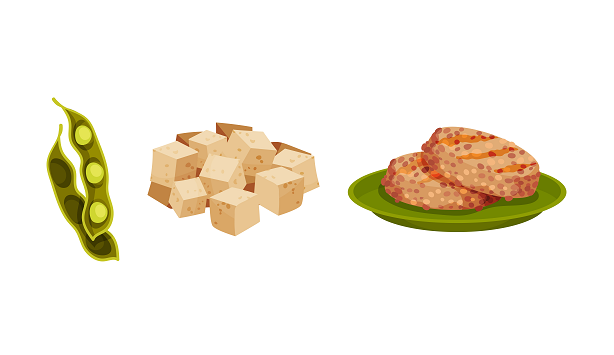


| Answer: |



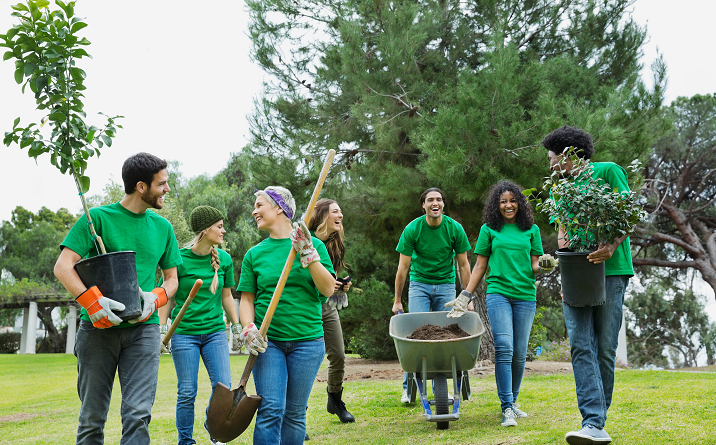
| 1. | |
| 2. | |
| 3. | |
| 4. | |
| 5. |



| 1. | |
| 2. | |
| 3. |


| What do they seem to be studying? |
| Answer: |




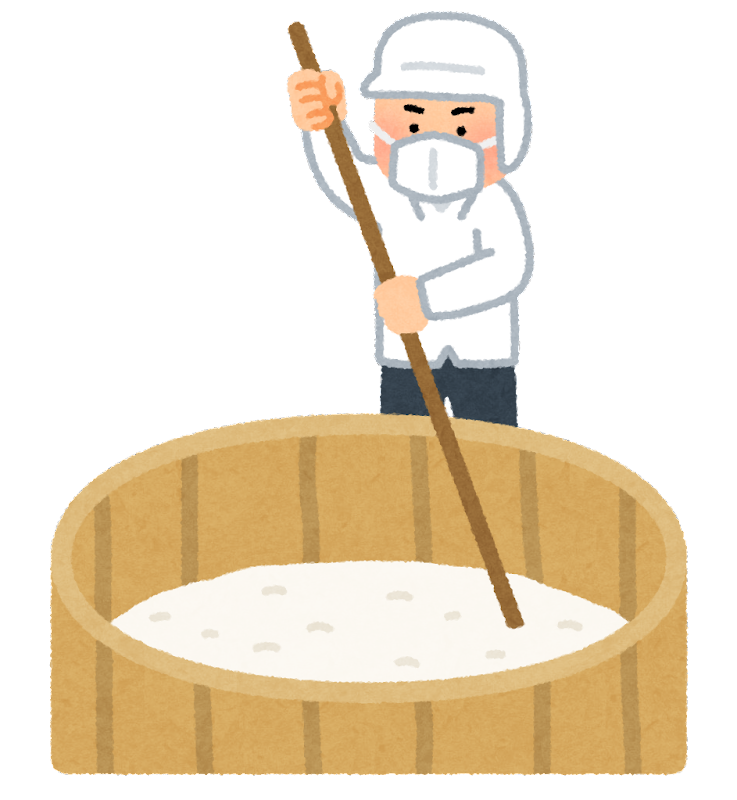 |
fermentation 発酵 |
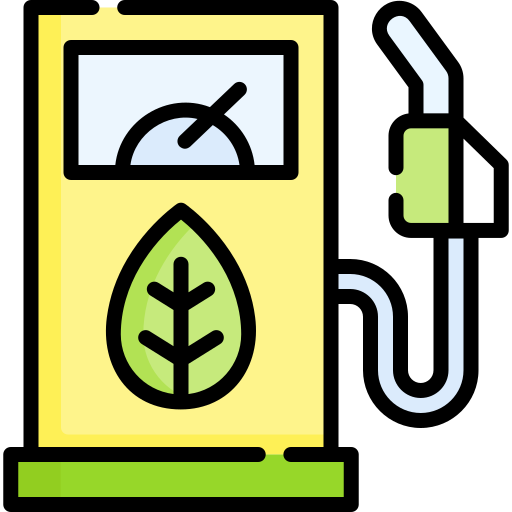 |
biofuel バイオ燃料 |
 |
emission 排出 |
|
potential (将来の)可能性のある |
 |
nutrition 栄養 |


| 1. | Euglena’s ____________ to save the world is limitless. |
| 2. | ____________ are environmentally friendly fuels. |
| 3. | Reducing CO2 ____________ is the mission of all nations. |
| 4. | Natto and yogurt are made through the process of ____________. |
| 5. | Euglena is a food that is rich in ____________. |





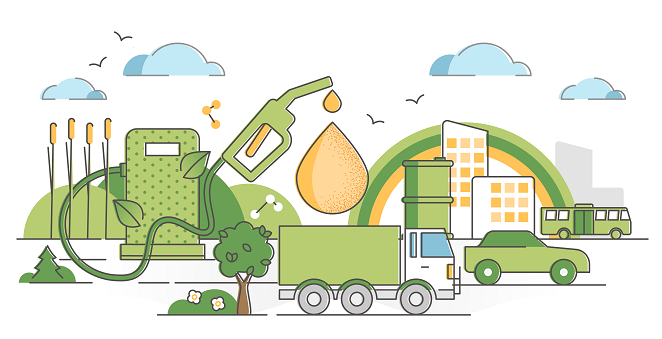
One of the special characteristics of euglena is its usefulness as a food. It is highly nutritious, and its powder can be added to nutritional supplements, drinks, or cookies. Euglena’s potential is not limited to food. A researcher believes it could save the planet.
The researcher’s experience seeing malnourished children in Bangladesh led him to euglena, and he started his own business.
Japan shines in the use of euglena in biotechnology, with its fermentation technologies for miso, soy sauce, and sake. That traditional technology was a great help when using euglena.
Euglena may even be able to fly a plane with reduced CO2 emissions in the near future.
In addition, the Japanese researchers and an NGO plan to provide nutrient-rich Euglena school lunches to one million Bangladeshi children by 2023.
The researcher believes Japan’s fermentation technology and beneficial euglena will save the world.




| 1. | Why is euglena useful as food? |
| Answer: |


| 2. | What did the researcher see in Bangladesh? |
| Answer: |


| 3. | What advantage does Japan have in the use of euglena in biotechnology? |
| Answer: |





| 1. | What country do you want to visit in the future? Why? |
| Answer: |


| 2. | Have you ever been in a difficult situation? How did you overcome the situation? |
| Answer: |


| 3. | Is there anything you can do to help reduce food waste and CO2 emissions? What do you try? |
| Answer: |




| Answer: |




Express your idea with some reasons why they would be effective.



Now, I will ask you some questions about your presentation.
| 1. | What are the new things you learned through thinking about the theme? Why do you think so? |
| 2. | What do you think we can do related to the theme? How we can do it? |
| 3. | Is there anything you do related to the theme? If yes, what do you do? If no, why not? |
| Answer: |



| Situation: |
You are talking with your friend about foods that are made from soy. Tell him or her the benefits of foods that are made from soy.
(Your tutor will pretend to be your friend.)
|
| Items to mention: |
– Soy-based foods that you know – Japanese dishes that use soy-based foods – Soybeans may be a good substitute for meat because of their rich protein |



| Vocabulary | Intonation | Fluency | |
|---|---|---|---|
 GOOD GOOD |
Used appropriate expressions learned in class. | Was able to pronounce most of the words clearly and correctly. | Was able to speak fluently. |
 FAIR |
Used appropriate expressions learned in class and made a few errors in word choice. | Mispronounced a few words. | The conversation sometimes stops. |
 POOR |
Used only a few words and expressions. | Mispronounced most of the words. | The student frequently stops the conversation, making it difficult to comprehend the content. |


| 1. | What is your vision of your future? |
| 2. | Tell me something about an important person in your life. |
| 3. | What is important to understand about diversity? |
| Answer: |

